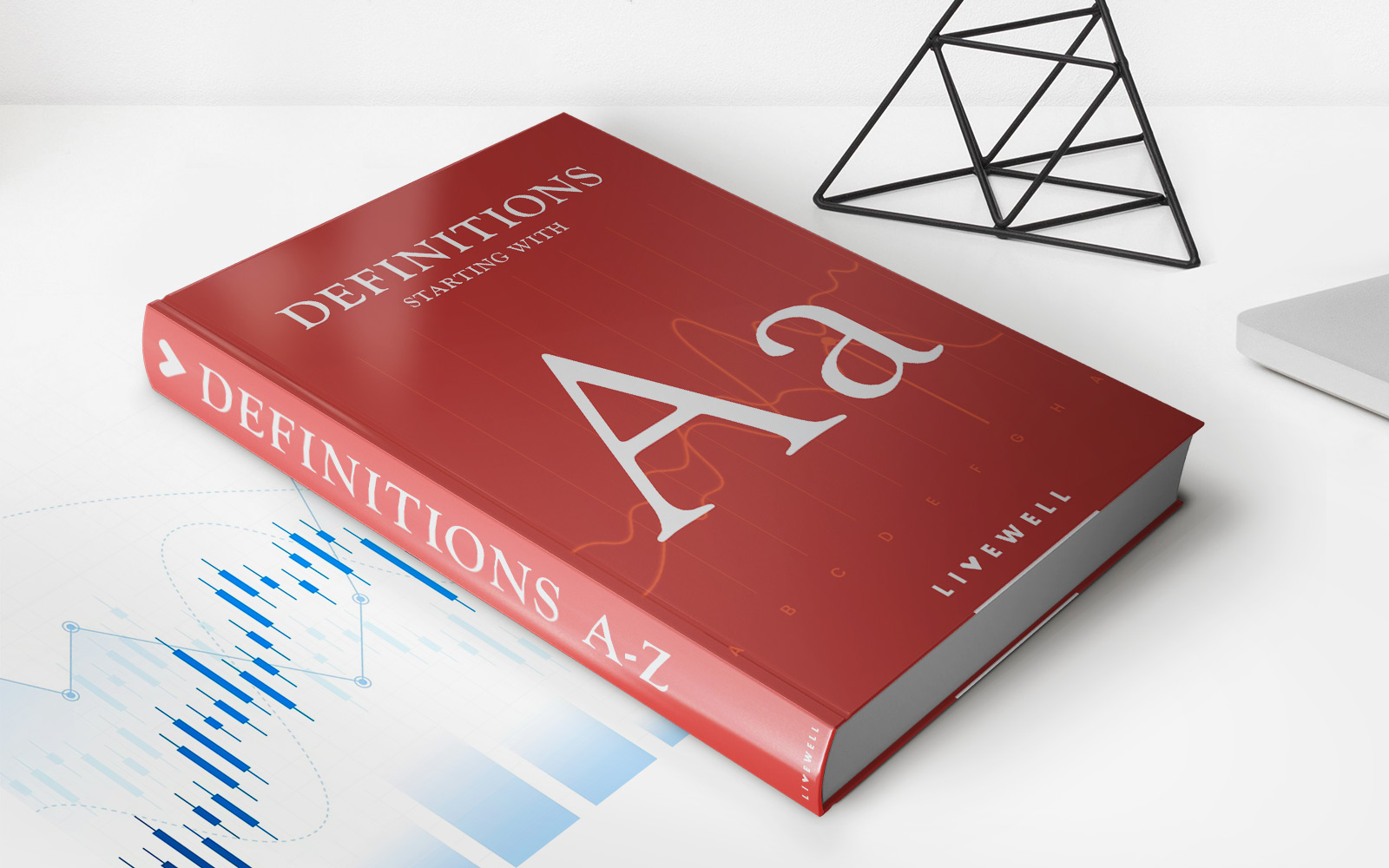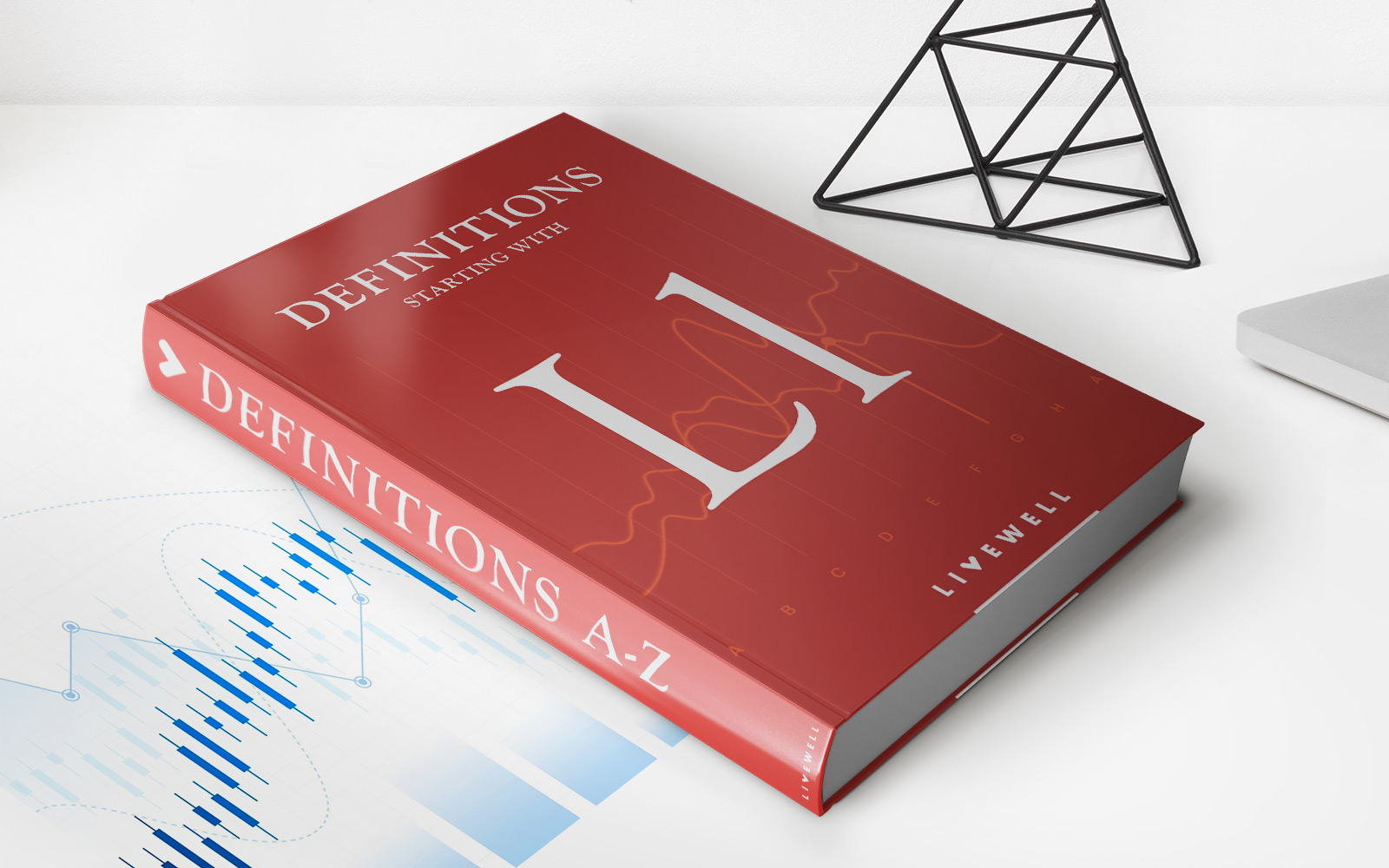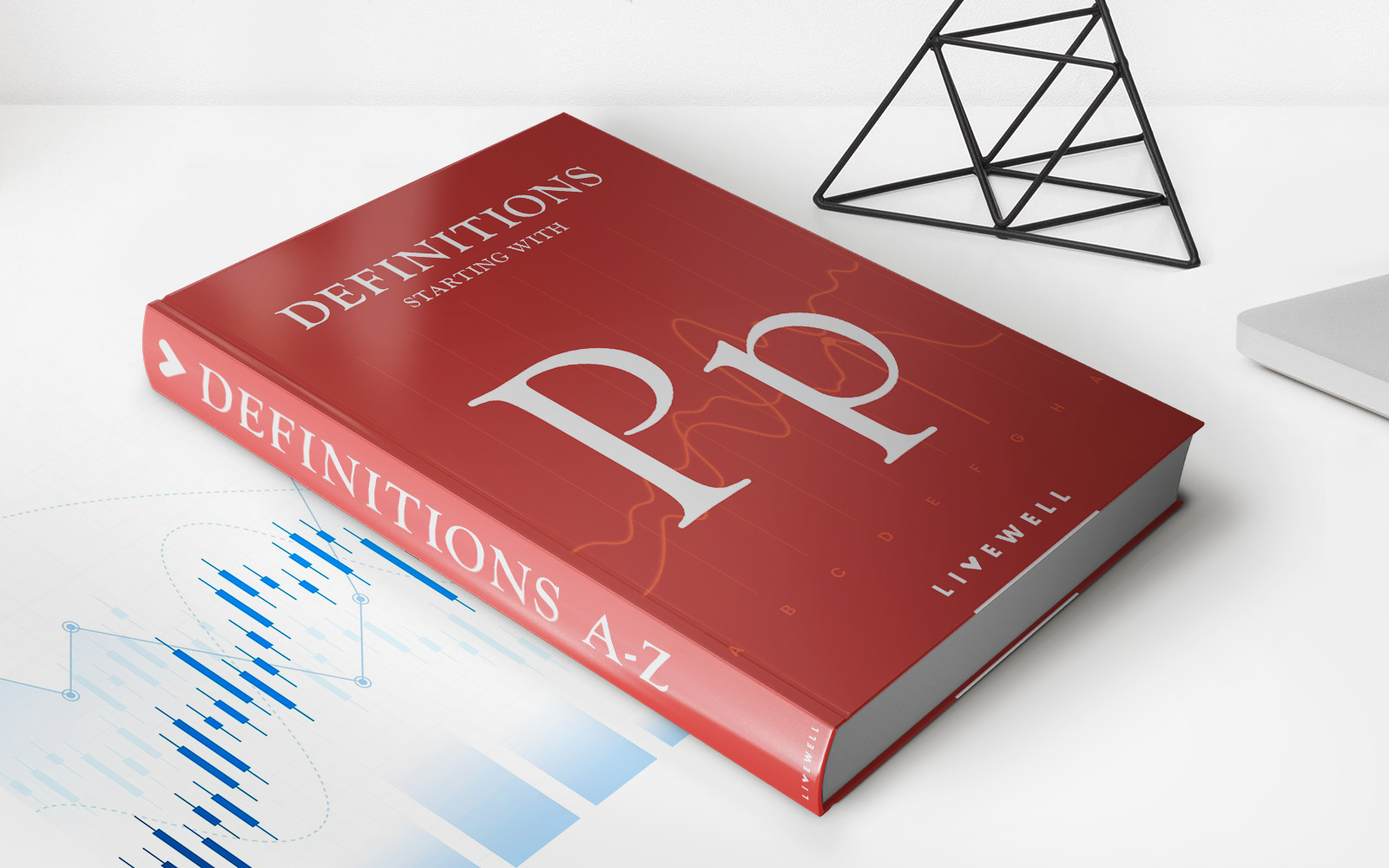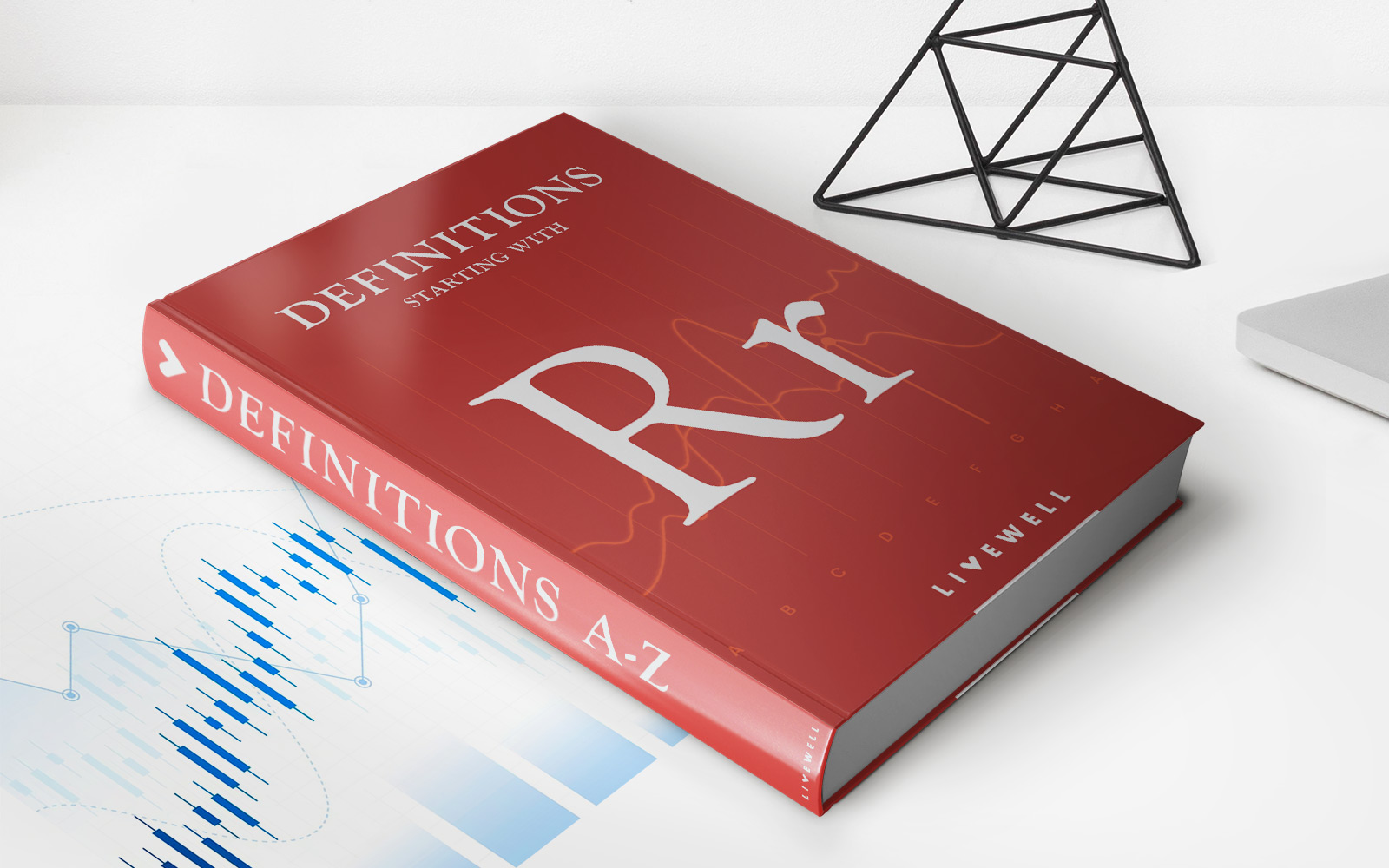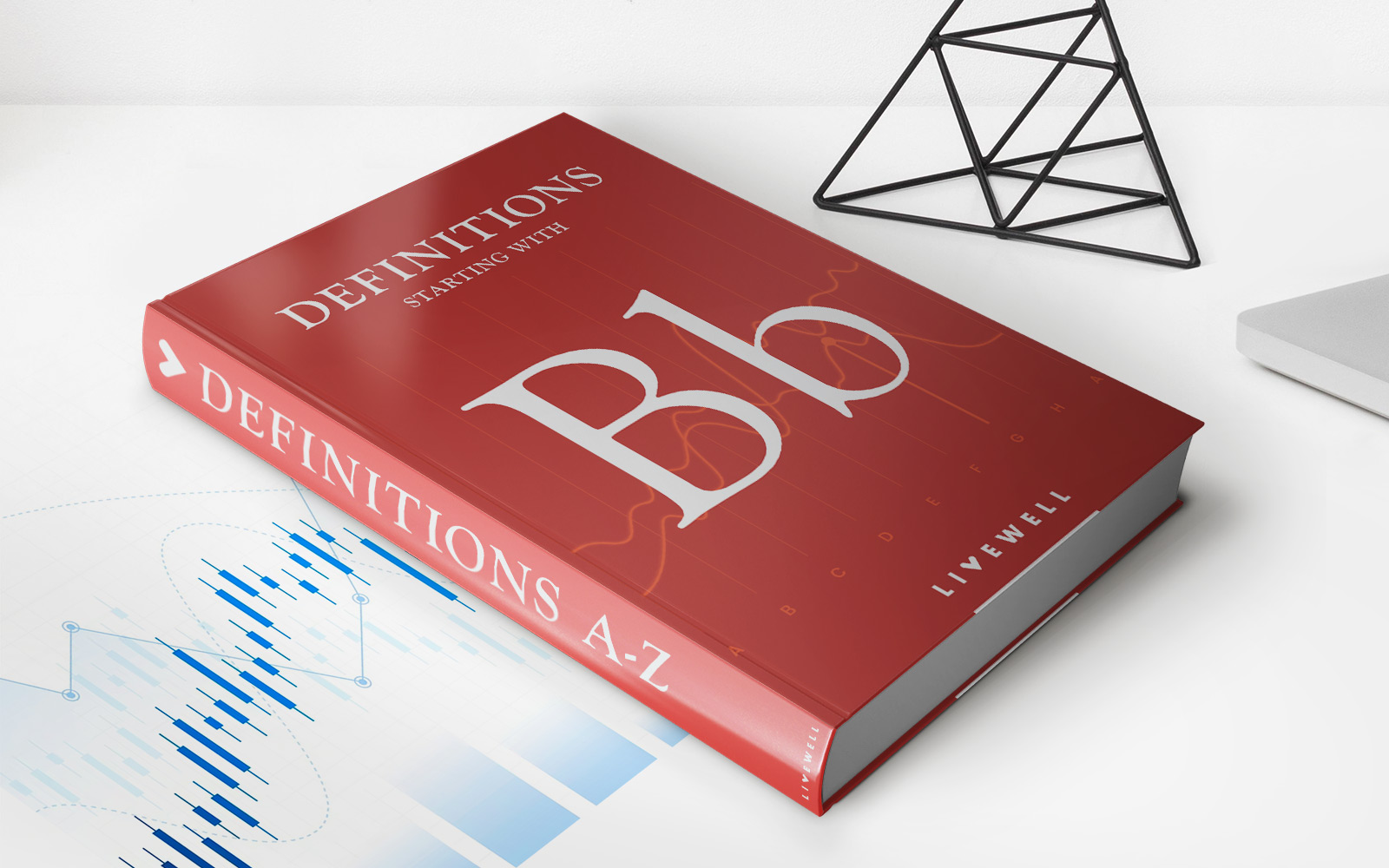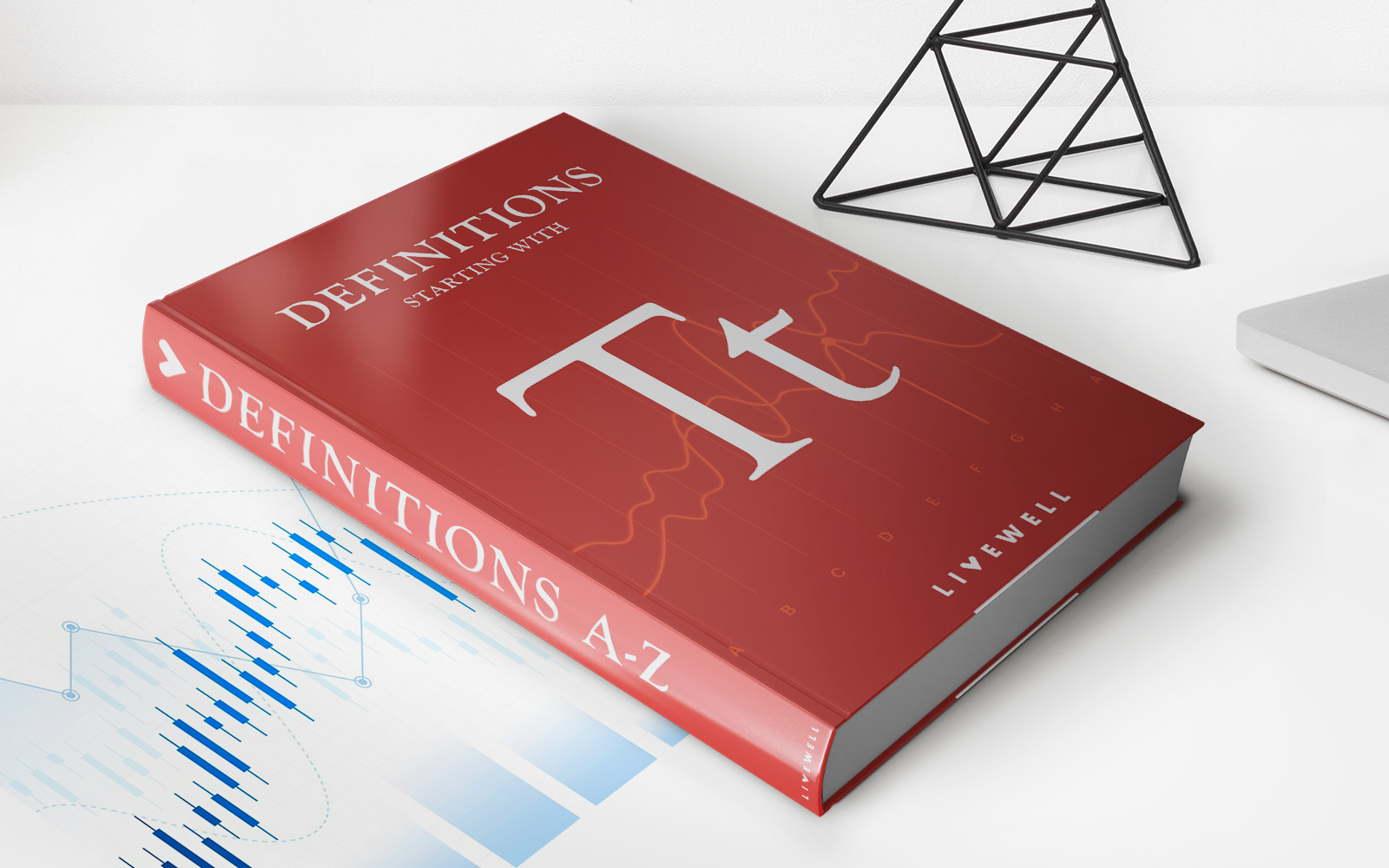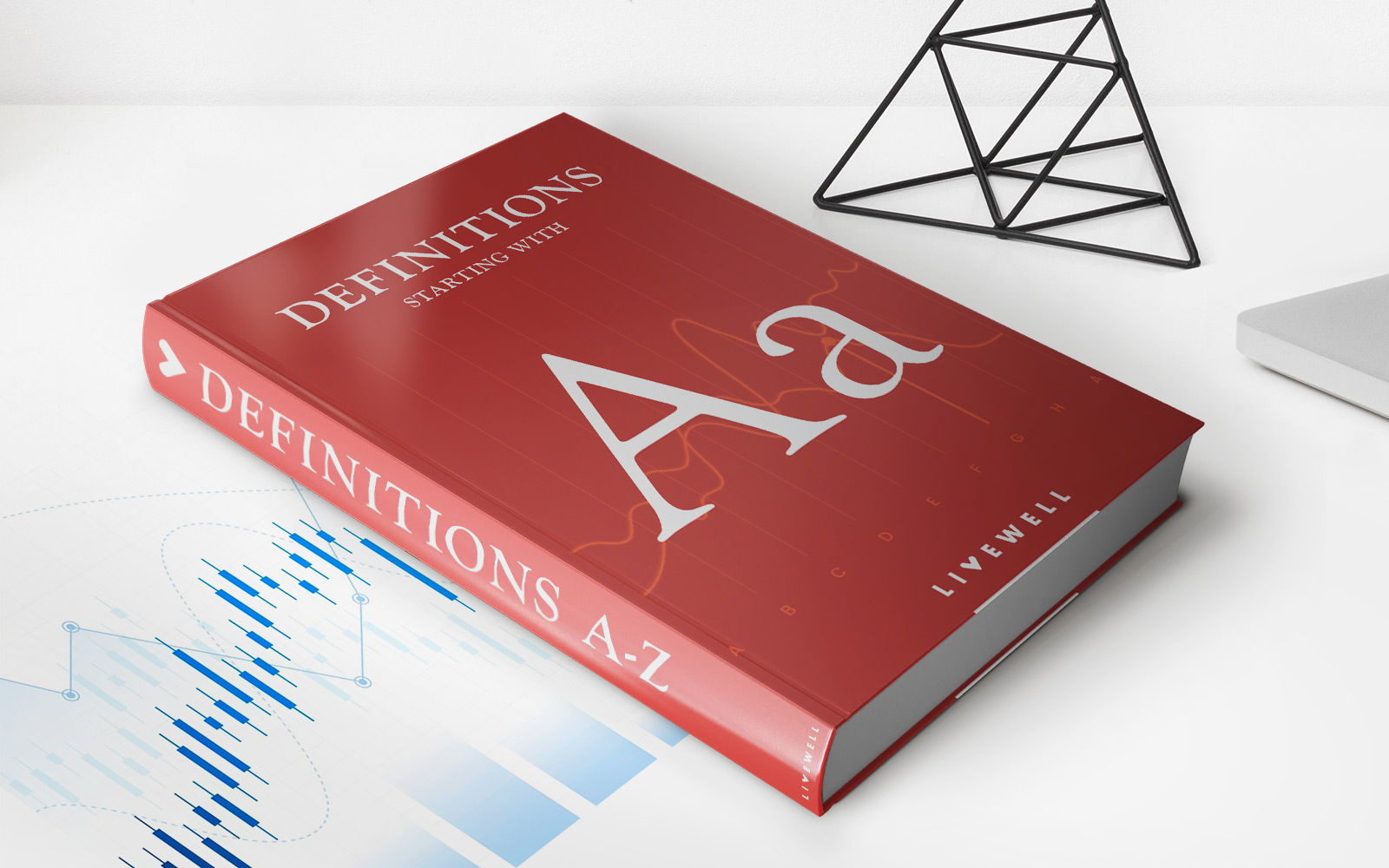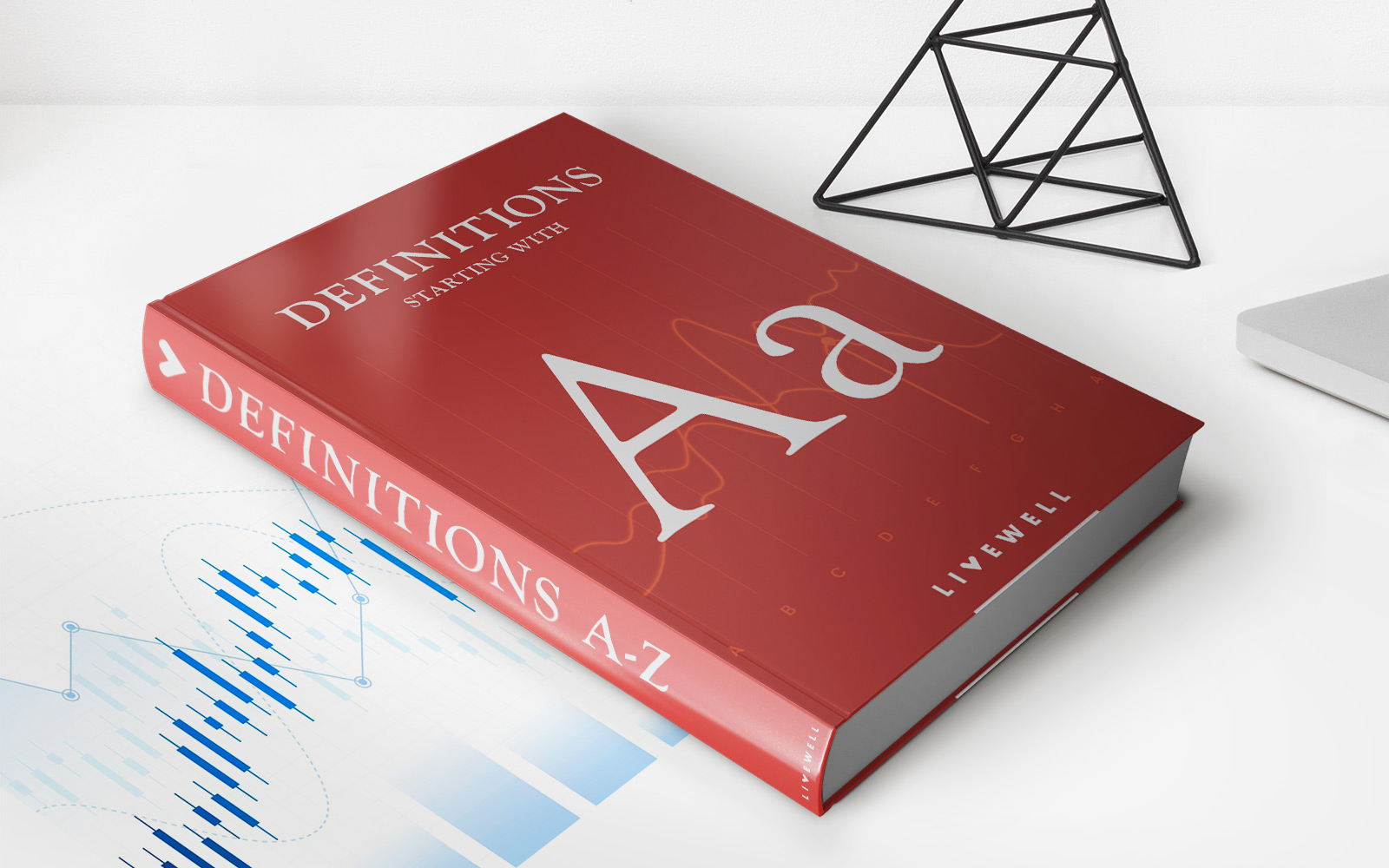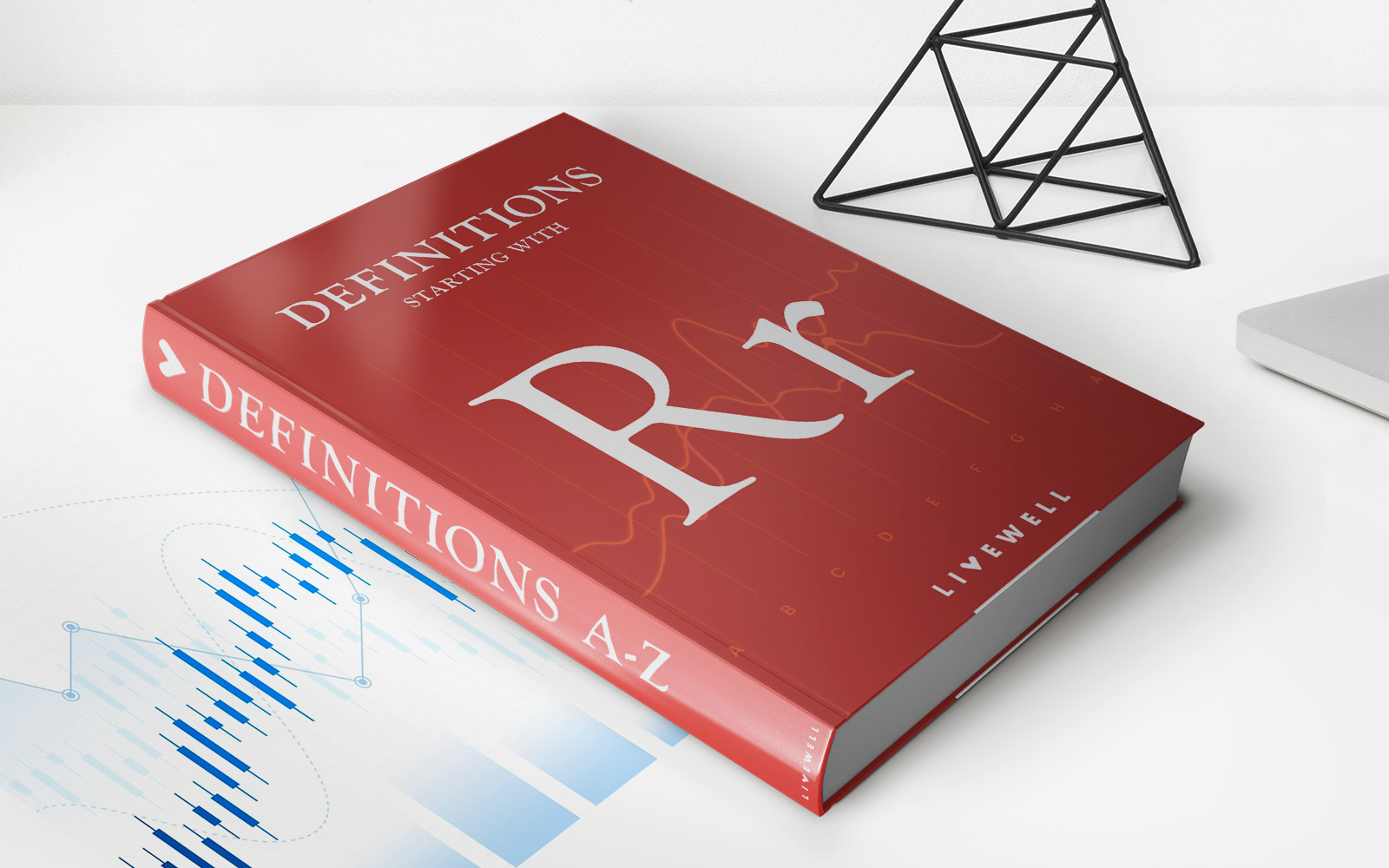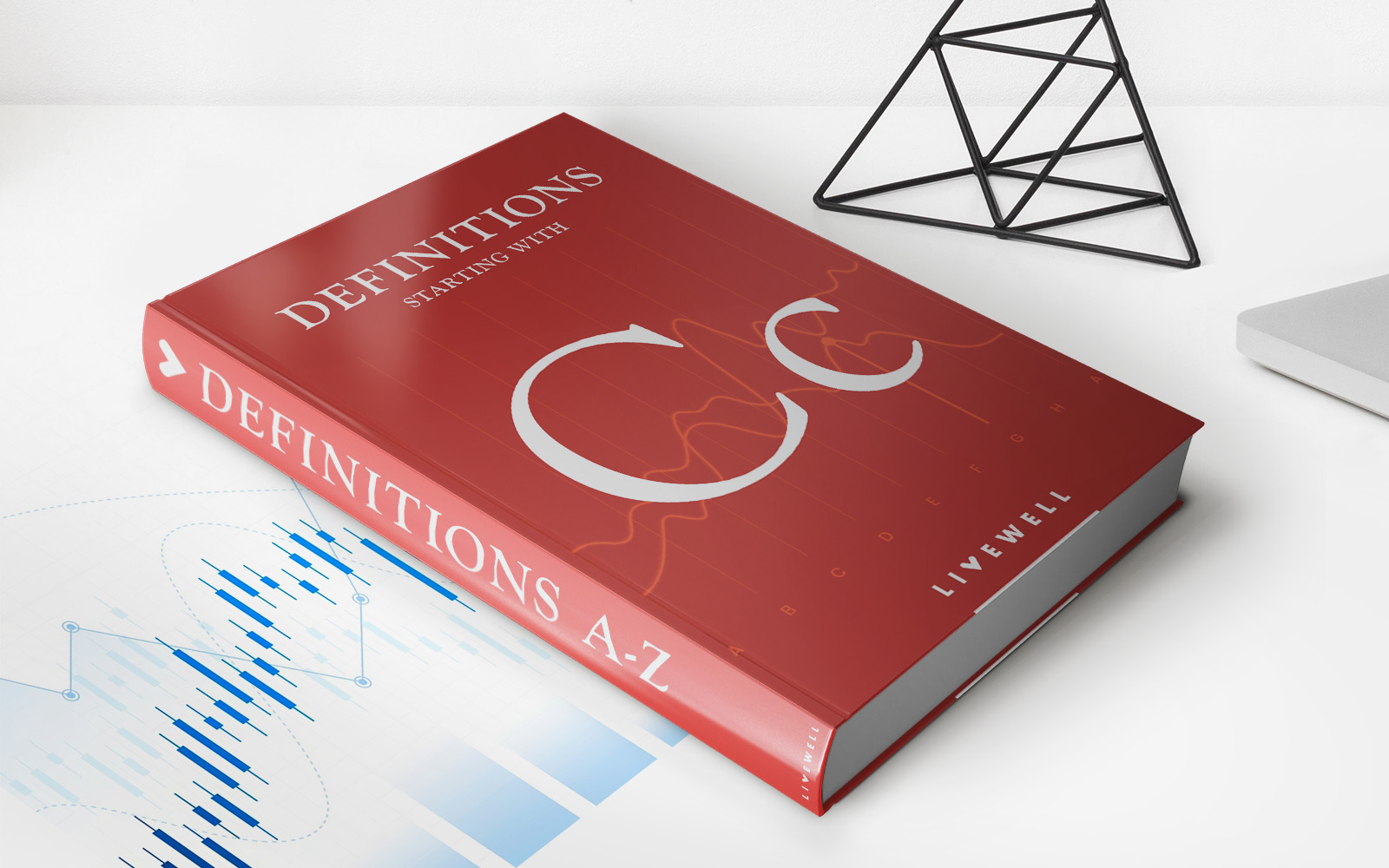Home>Finance>What Is Backward Induction? Definition, How It Works, And Example
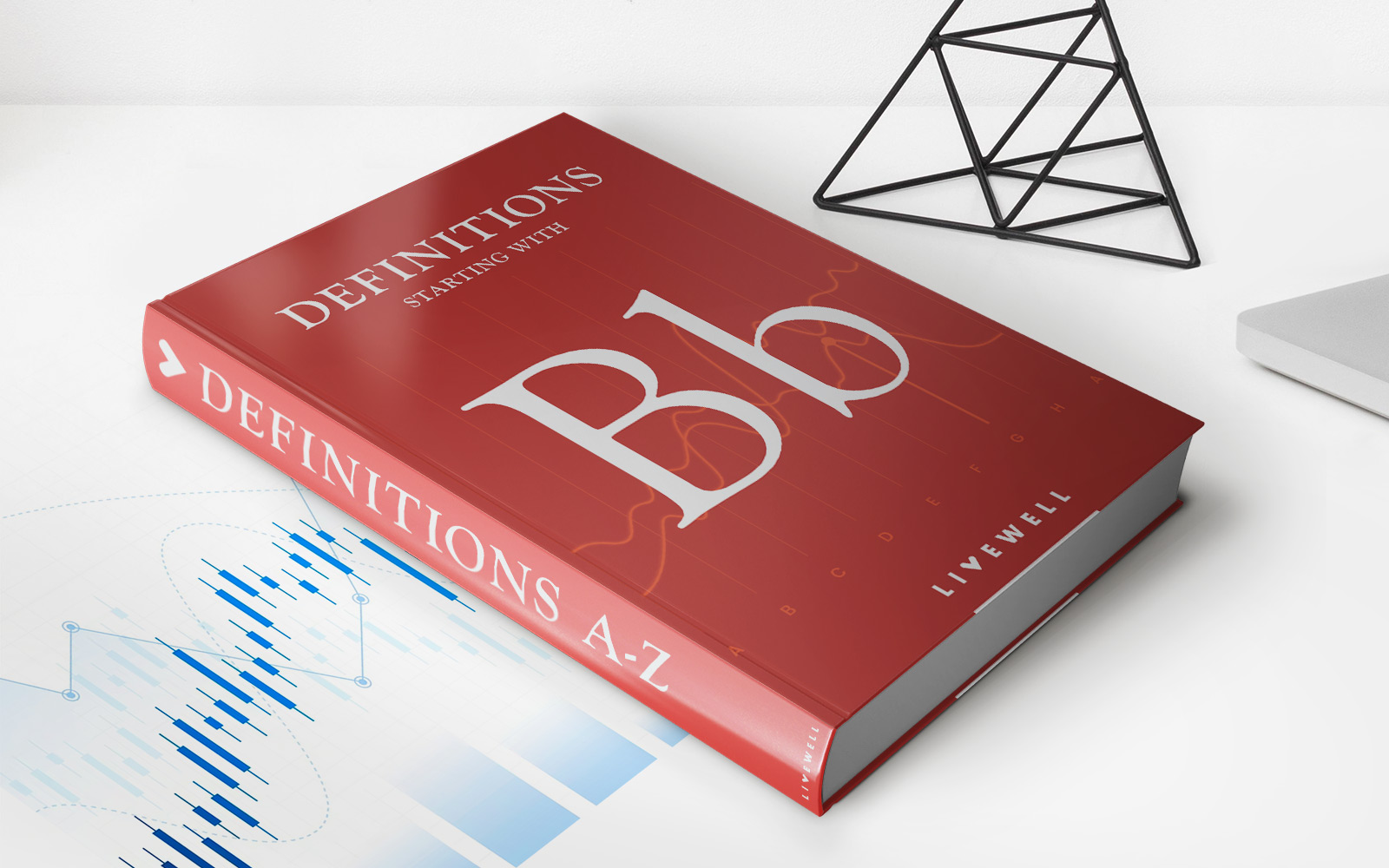

Finance
What Is Backward Induction? Definition, How It Works, And Example
Published: October 12, 2023
Learn the definition and working of backward induction in finance with an example. Gain insights into this strategic decision-making process.
(Many of the links in this article redirect to a specific reviewed product. Your purchase of these products through affiliate links helps to generate commission for LiveWell, at no extra cost. Learn more)
What Is Backward Induction? Definition, How It Works, and Example
When it comes to making strategic decisions in the world of finance, there are various methods and theories that can be applied. One such approach that has gained significant attention is backward induction. But what exactly is backward induction, and how does it work?
Backward induction, also known as backward reasoning, is a concept primarily used in game theory and decision analysis. It is a strategic reasoning process that involves working backward from the end of a problem or game to determine the optimal decision-making sequence. By considering the final outcome first, individuals or companies can then make informed choices at each stage, leading to the best possible outcome.
How Does Backward Induction Work?
To better understand backward induction, let’s break down the process into steps:
- Start with the final stage: The process begins by considering the ultimate outcome or goal of the game or decision-making situation.
- Identify the penultimate stage: Next, you move backward to the second-to-last stage and analyze the possible options available at that point.
- Continue the process: You keep working backward, stage by stage, until you reach the initial step of the problem.
- Make optimal choices: At each stage, you evaluate the available options and select the one that maximizes your advantage or utility.
By employing backward induction, individuals can anticipate the likely moves of their opponents, consider the consequences of their actions, and strategize accordingly. This method is especially useful in competitive scenarios, such as auctions, negotiations, or even simple games like chess.
Example of Backward Induction
Let’s illustrate backward induction with a classic example known as the “Ultimatum Game”. In this game, Player A is given a sum of money and offers a portion of it to Player B. Player B can either accept or reject the offer. If Player B accepts, both players keep their share. However, if Player B rejects, neither player receives any money.
Using backward induction, Player B considers the final stage first: if Player A offers an unfair split, say 90% for themselves and 10% for Player B, it would be rational for Player B to reject the offer, as both players would end up with nothing.
By working backward, Player A realizes that Player B would reject any offer below a fair split, such as 50-50, as they have nothing to lose by doing so. Therefore, Player A is likely to offer a more favorable split to entice Player B to accept the offer, resulting in a mutually beneficial outcome.
Key Takeaways:
- Backward induction is a strategic reasoning process that involves working backward from the end of a problem to determine the optimal decision-making sequence.
- By considering the final outcome first, individuals or companies can make informed choices at each stage, leading to the best possible outcome.
So, the next time you find yourself facing a complex financial decision or engaged in a competitive game, consider employing backward induction to maximize your chances of success. By strategically thinking backward, you can outsmart your opponents, anticipate their moves, and achieve your desired outcomes in the ever-evolving world of finance.


